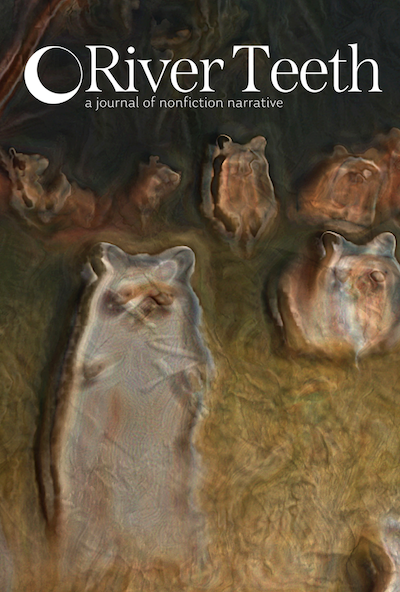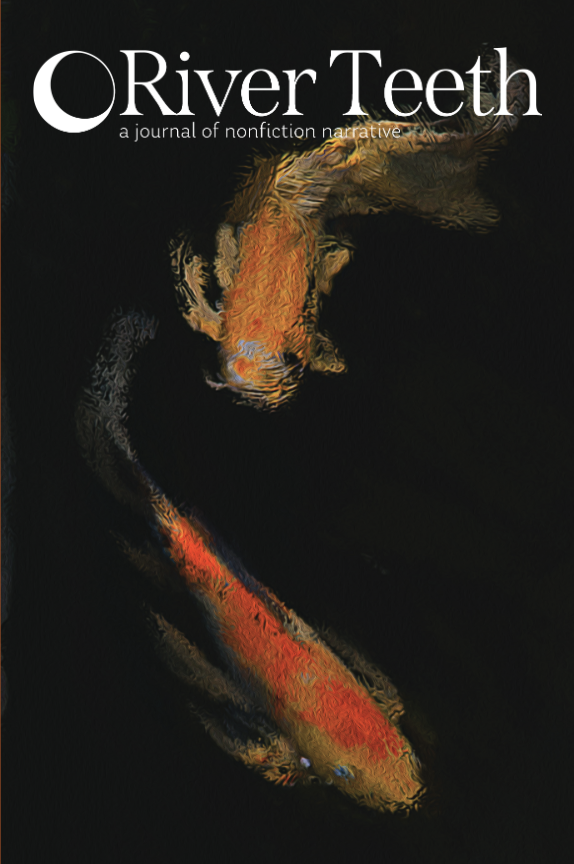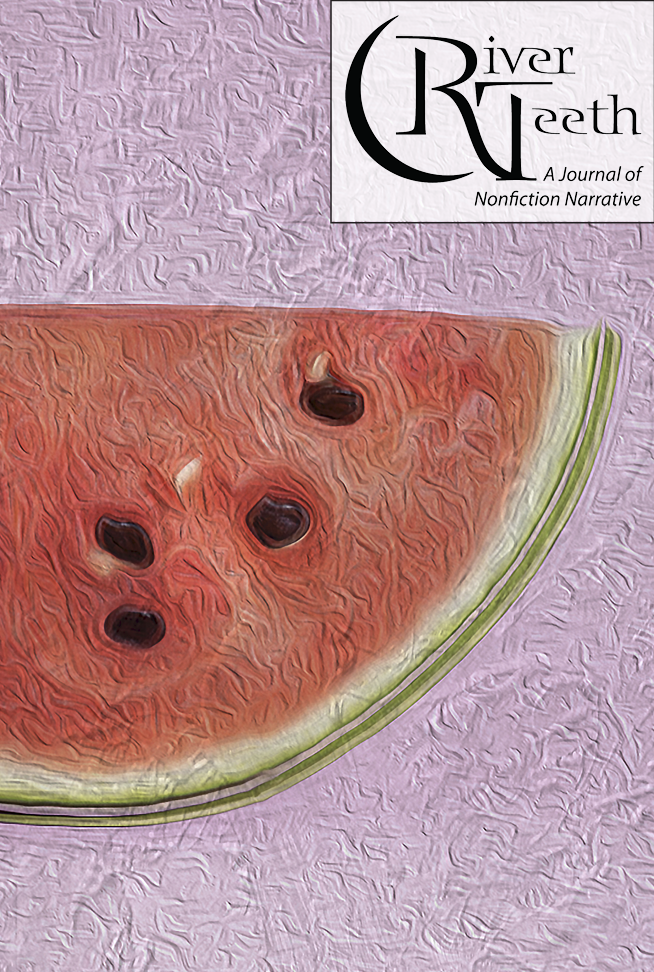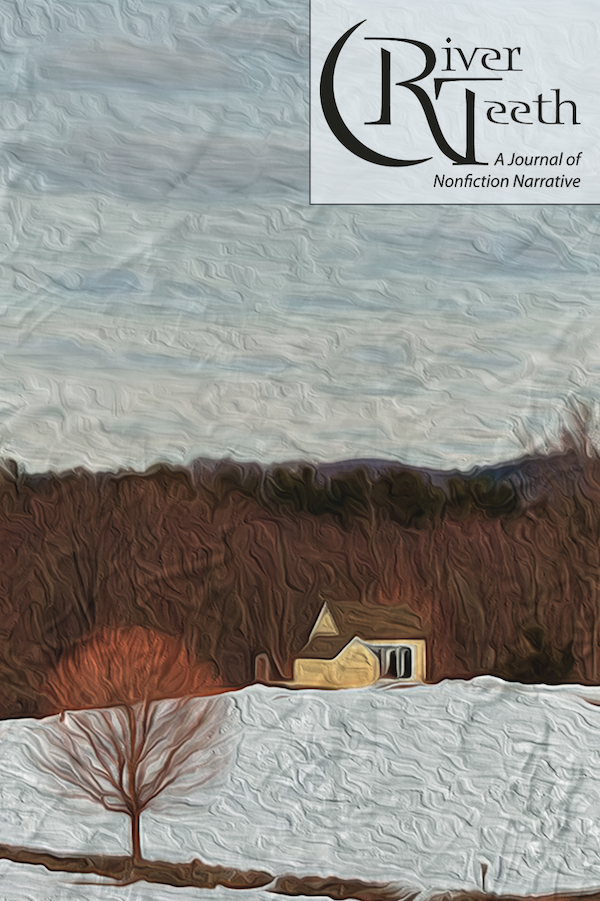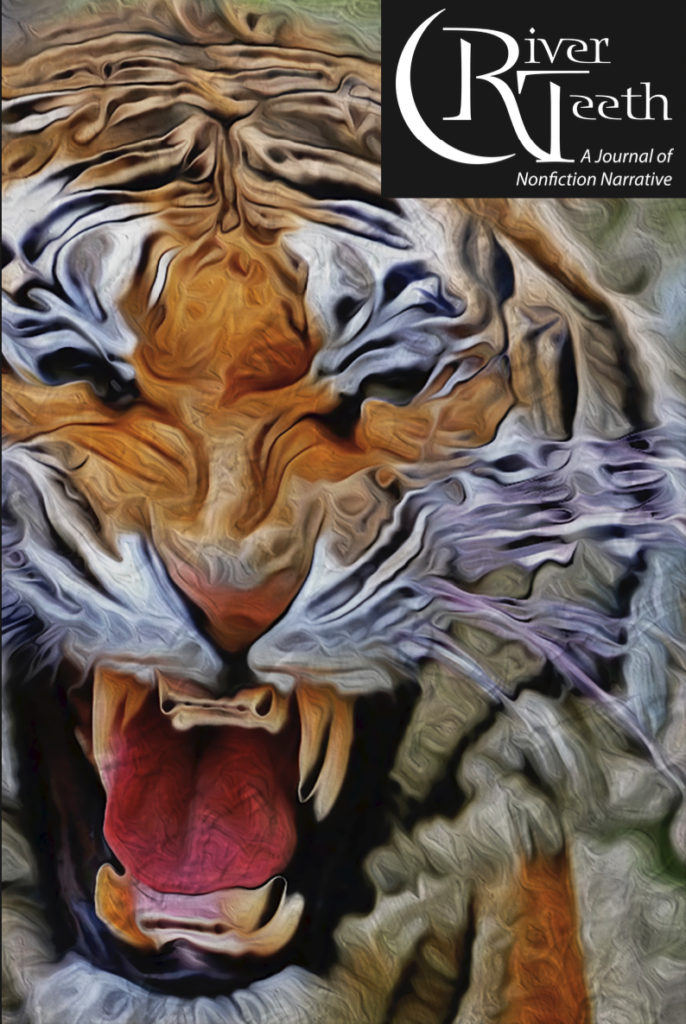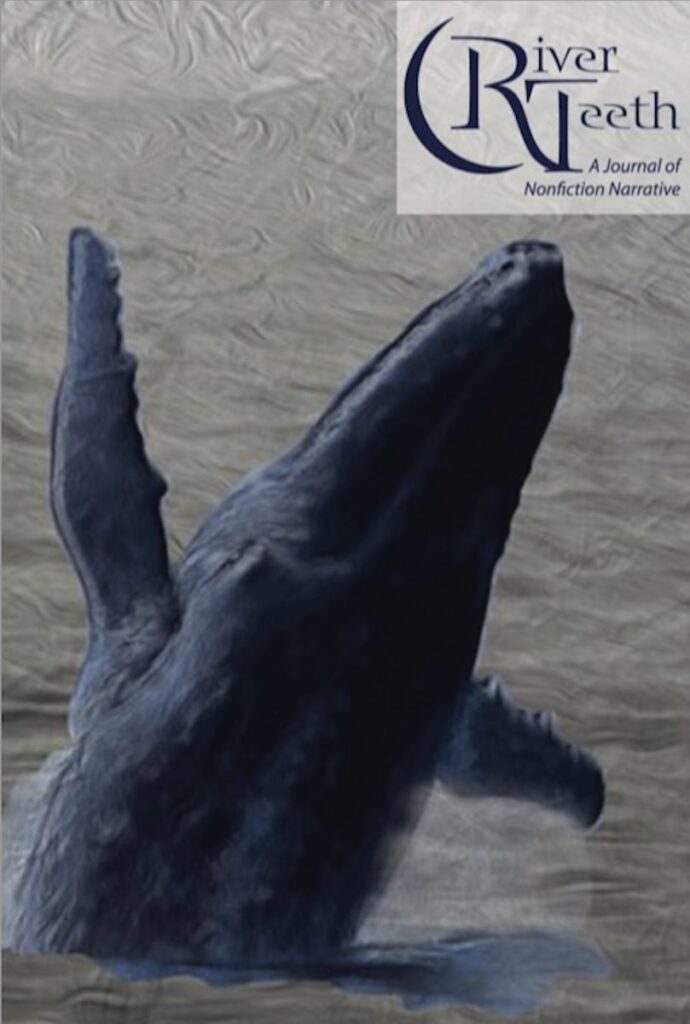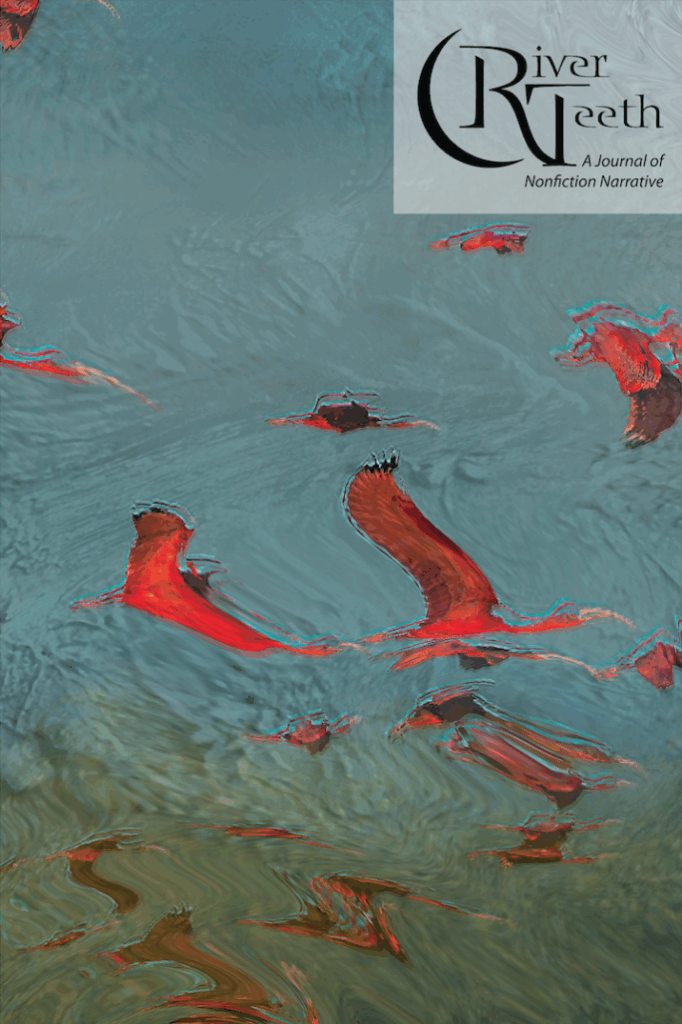By Daniel W. Lehman
We had occasion recently to hear a very fine writer discuss the practical and theoretical differences between writing fiction and nonfiction. She talked about craft and polish, how to create voice and detail, when one can quote long conversations directly from long-ago memory and when one cannot. She talked about amassing the details of lived life, building character from memory and imagination, and how quality nonfiction will build resonance from the meticulous arrangement of those evocative details, just as quality fiction always has done. Until prompted, not once did she talk about the implications of using a character’s real name in nonfiction or the relationship that might develop between a writer who discloses often painful or private facts and the real life character who inhabits her work. Yet these are markers that make nonfiction unique.
You want to know the writer about whom we are speaking, don’t you? Admit it, you tried to guess. If we gave you a few details, you would surely have it. But sorry, we are not going to tell you. After all, we wouldn’t want to embarrass her or—worse yet—allow her to contradict our memory of what she said. In any event, we are pretty certain we remember it correctly and interpret it flawlessly. So let’s simply allow the writer to remain anonymous, if you don’t mind.
Two features in this issue of River Teeth explore and illustrate the ramifications of changing or withholding names in nonfiction narrative. In an interview conducted recently in New York City, award-winning writer Jonny Steinberg reflects in detail upon the relationship that developed between him and a young South African man he followed for a year to determine why the man did not wish to be tested for HIV—despite the possibility that he might be infected and the potentially saving power of antiretroviral drugs. Steinberg and the man he calls Sizwe negotiated the power of a name at length; ultimately, the writer withheld Sizwe’s true identity, which had profound implications for the book and its reception. Steinberg proves exceptionally articulate on these matters, particularly because he has written so many charged books—AIDS in Africa, gang violence in South African prisons, farm murder in the Outback—that pose freighted and often complex relationships between an educated, historically privileged writer and subjects who are emerging from generations of poverty and racial discrimination. A piece of his forthcoming book about Liberian immigrants on Staten Island, also published here, does indeed disclose real names and all-too-real events from Liberia’s sectarian, violent history.
Meanwhile, we were delighted to discover that Jonny Steinberg learned much of what he knows about writer/subject implication from an articulate author we have long admired, Janet Malcolm. In her narratives, Malcolm always questioned what she knew and how she knew it and usually brought her readers into her complex equations. “The writer of fiction is entitled to more privilege,” Malcolm famously said in The Journalist and the Murderer. “He is the master of his own house and may do what he likes with it; he may even tear it down if he is so inclined. But the writer of non-fiction is only the renter, who must abide by the conditions of the lease.”
Sometimes those “conditions of the lease” mean that one must withhold a name—as was true for Steinberg in Sizwe’s Test: A Young Man’s Journey Through Africa’s AIDS Epidemic, an absorbing book we highly recommend. Similarly, Eliza Wilmerding’s long, meticulously researched piece about a “gypsy judge” identifies her subject only as “C,” a decision she relays with wit and grace—making the letter sing with meaning to reveal the complex relationship she developed with the man with whom she shared so much time. Still, the decision to name or not to name remains as crucial to narrative nonfiction as are the words, images, memories, and fragments of overheard speech that allow great nonfiction to do its narrative work.
To have it any other way would diminish the power of great life writing.




